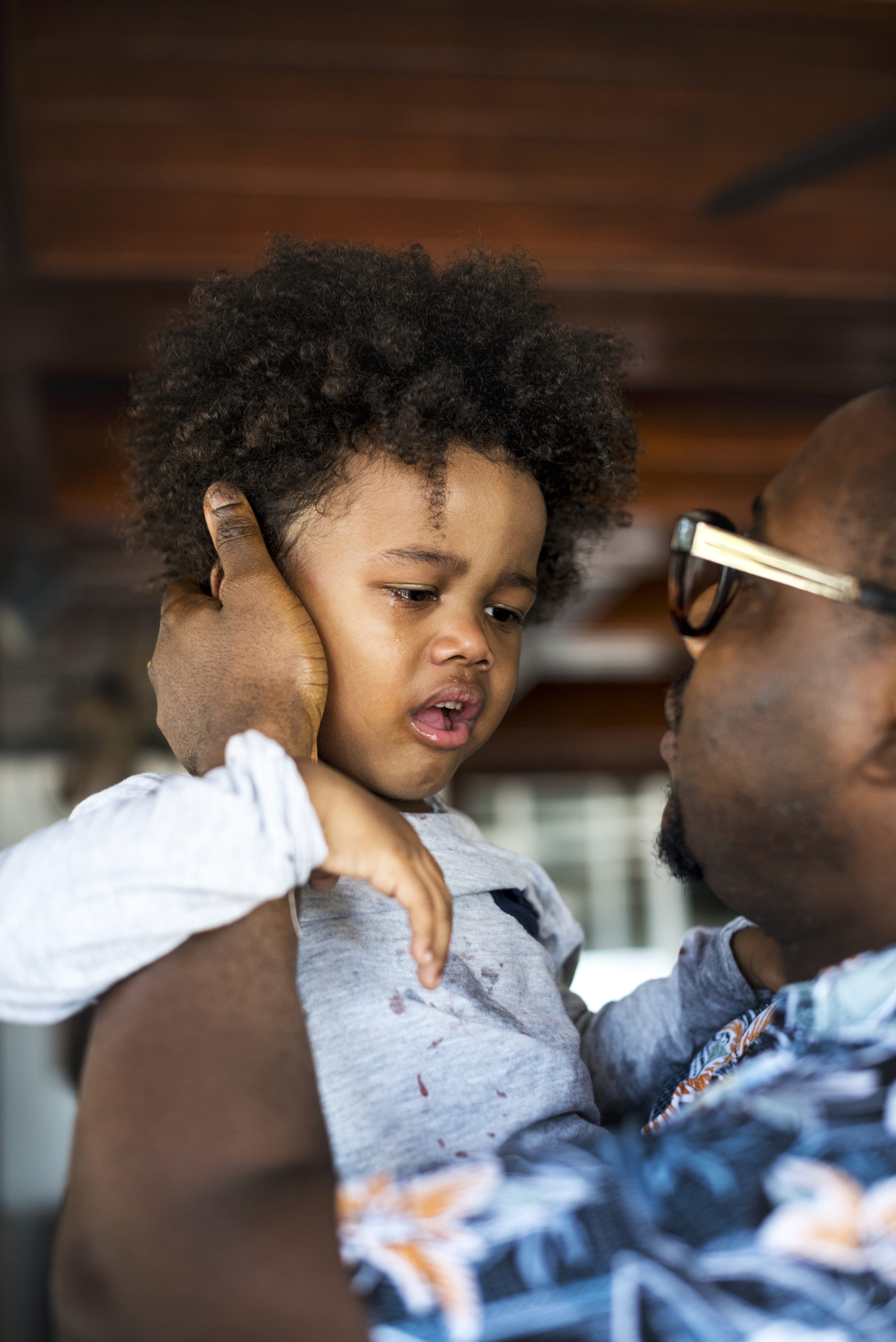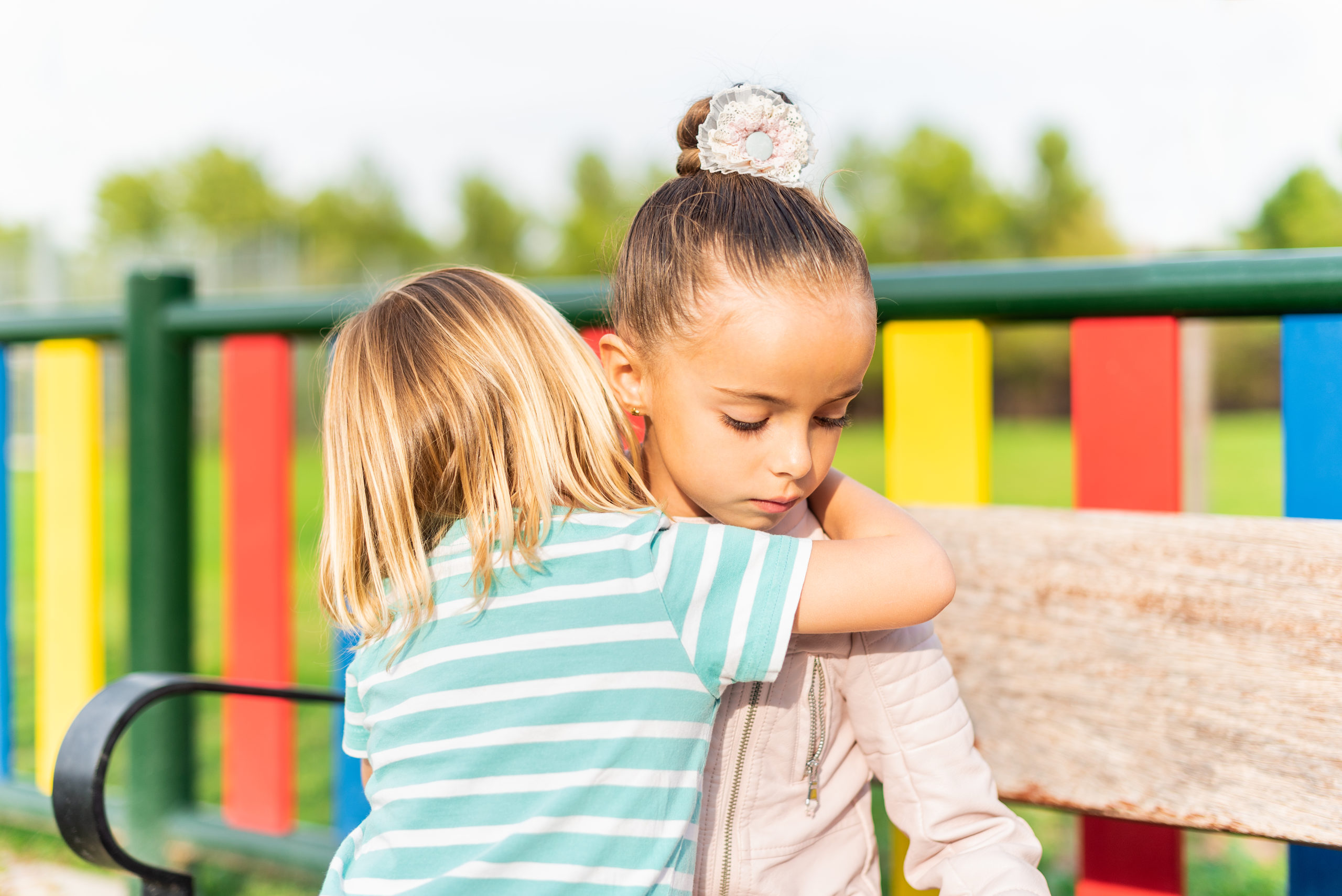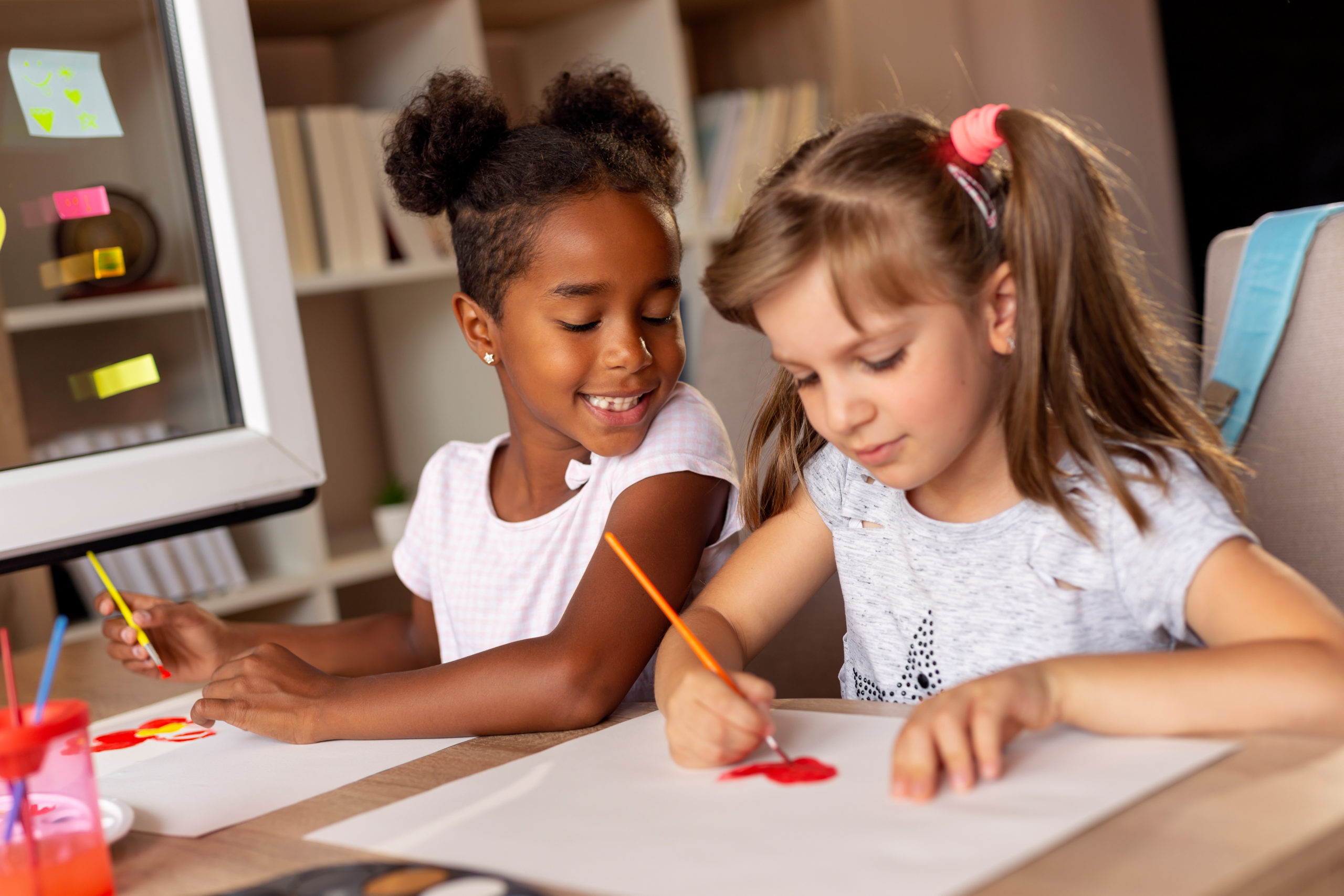Empathy Through Art Education: A Pilot Investigation
A recent pilot investigation shows promising insights into the relationship between art education and empathy development.
By Emily Hardy, a nationally board certified art therapist, LCAT, ATR-BC
This is Part II of a series diving into how Art & Empathy intersect. If you missed Part I – The Intersection of Art Education and Art Therapy- you can find it here.
Introduction: Empathy, Neuroscience, and Development

Empathy is a cornerstone of healthy, functioning adults, and healthy, functioning societies. It allows us to understand ourselves, others, the world, and our place in it. In fact, empathy is seemingly hardwired into our very nervous systems. Mirror neurons allow us to experience the embodied, affective states of others, meaning that when you observe someone in distress, your own nervous system is activated to likewise feel distressed. It’s a survival mechanism that helps humans share vital survival information nonverbally.

Empathy is of growing interest to the field of developmental psychology. Studies show that empathy is relatively low in infancy and early childhood, but begins to emerge around the time that abstract thinking skills begin developing, and then continues to grow during adolescence. Therefore, educators are particularly poised to assist young students in their empathy development.

Art education is exceptionally suited to this task, because the embodied experience of artistic creation can harness the power of mirror neurons. That is, engaging in nonverbal creative tasks can help access the nonverbal pathways our nervous systems. This is what helps us feel a particular feeling when we see an artwork, and we can also share feeling states in this way through the process of creating artwork. Furthermore, exploration during artistic projects helps youth explore their identities, their inter- and intrapersonal roles and experiences.
The Study:
The study consisted of three parts: first, it collected basic demographic information; second, questions used to calculate how many art lessons students received in an academic year; and finally, observations of students’ prosocial and antisocial behaviors.
The combination of prosocial and antisocial behaviors together were used to measure students’ empathy levels. Prosocial behaviors include offering to help others, and verbalizing support for peers. Conversely, antisocial behaviors are things like stealing, lying, or appearing to enjoy seeing a peer in distress.
Statistical analyses compared each class’s prosocial scores to the number of art lessons they received. The same analysis was run for antisocial scores and number of art lessons. Finally, a third statistical analysis was run as a sensitivity analysis between prosocial scores and art education after some of the outlying data points were removed.
The Results:

The results showed a moderately positive correlation between students’ prosocial behaviors and how much art education they received, as well as a mildly negative correlation between their antisocial scores and their art education. This means that students who received more art lessons, also tended to show more prosocial and less antisocial behaviors. Additionally, the sensitivity analysis showed a strong positive correlation between prosocial behaviors and art education.
Interesting Insights:
Several interesting qualitative observations were also collected. In the survey, teachers were asked for both positive and negative experiences with implementing art education. Four positive themes, and three negative themes were identified from the answers. First the positive:
- Art lessons support learning in other subjects
- Art lessons support positive social engagement, such as helping others or improved social skills
- Art lessons support aspects of students’ personal self-growth, including creativity and self-esteem
- Teaching art lessons is a positive experience for the educator
The negative themes included:
- Challenges engaging students in art lessons, including language barriers, student behavioral issues, or student disabilities
- Logistical challenges, including keeping the environment clean, or not having enough time to give an art lesson
- Organizational challenges, such as lack of funding, or lack of administrative support
What It All Means:
This pilot investigation was highly promising, but would benefit from repeated tests in order to better validate the findings. Educators showed through their responses that art education is valuable to their students’ empathy development. In fact, 94.4% of respondents attested that art education is important to their students. In a nutshell, this all means that art education plays a fundamental role in socioemotional learning, particularly empathy growth. The exciting findings of this pilot study show that further investigation and research on art education, the creative process, and its role in socioemotional development is merited. A better understanding of how all these things relate will help educators and other professionals to provide powerful support and guidance for youth.

Emily Hardy
Emily Hardy is a nationally board certified art therapist and licensed as a creative arts psychotherapist in the state of New York. In her role as an art therapist, she has worked with incarcerated adolescents, at-risk youth, and people of all ages with mental health concerns such as anxiety, depression, hyperactivity, and more. For more information, consultation, or referral for art therapy, please reach out.
